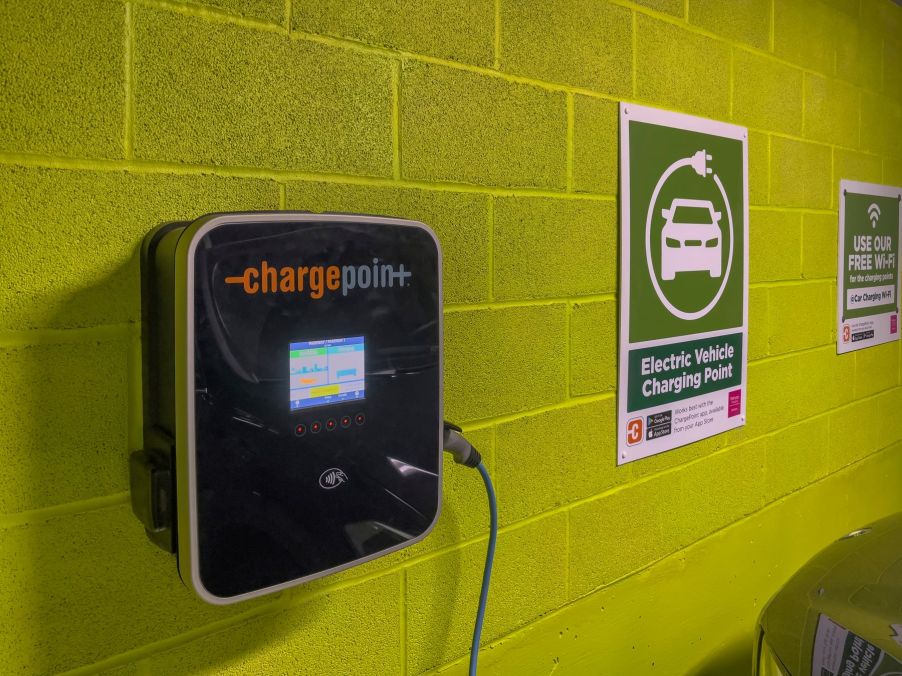
Does Electricity Count as Fuel in an Electric Car?
Electric vehicles (EVs) run on electricity stored in rechargeable batteries. The cars have better fuel economy than conventional models and typically lower annual maintenance costs. Additionally, driving an EV increases sustainability since the vehicles don’t have tailpipe emissions. EV owners can even use standard Level 1 charging equipment to recharge their cars at home. So, does this make electricity count as fuel when powering an electric car?
Fuel definition and examples
The definition of a fuel per Toppr is a substance that burns to emit chemical, nuclear, or heat energy. Fuels are available in two main categories based on their occurrence and state. In terms of occurrence, we have natural and synthetic fuels. Under the state categories, you’ll find solid, liquid, and gaseous fuels.
Solid fuels often have a low production cost. However, they waste a lot of energy when burning. On the other hand, liquid fuels have a lower energy loss, but they require specialized equipment for effective combustion. Gaseous fuels have a high heat content and produce less pollution. Still, they are highly flammable and require strict safety measures.
Natural fuels are materials that aren’t manufactured or altered through chemical processes. Some common examples are wood, coal, petroleum, and natural gas. Some non-replenishable natural energy sources like petroleum or crude oil are fossil fuels. This means that they originate from the remains of decayed plants and animals.
Artificial (synthetic) fuels are in gaseous or liquid form. You can obtain them from syngas, a mixture of hydrogen and carbon monoxide. Some common synthetic fuels are diesel oil, methanol, and gasoline.
Does electricity count as a type of fuel?

According to the Alternative Fuels Data Center, electricity counts as a fuel, based on the Energy Policy Act of 1992. Electricity can come from many sources, including coal and hydropower. Companies and households can also produce it using solar, nuclear, and wind energy.
Electricity is an alternative fuel since you can use it to power motor vehicles in place of gas and diesel. EVs have onboard batteries that store energy to run electric motors. The batteries also recapture energy during braking.
Using electricity as a fuel is preferable since EVs are environmentally friendly. However, electricity production still causes a notable degree of pollution. Still, it’s typically cheaper and more efficient to use electricity as fuel despite the high cost of purchasing an electric car. If you want to enjoy these vehicles, you can leverage Federal tax credits and state incentives.
Owning an EV in the U.S. isn’t that stressful since an extensive electrical grid is growing as we speak. Per Fuel Economy, the Department of Transportation will establish alternative fuel corridors along stretches of the U.S. highway systems. These will supplement over 56,000 public charging stations currently available countrywide.
Fuel source usage in the U.S.
The U.S. generates electricity from various forms of energy. The fuels and technology used in production change over time as manufacturers try to minimize costs and maximize sustainability.
Coal, natural gas, and petroleum are the primary fuels for electricity generation. Another common source is steam turbines running on nuclear, fossil fuels, biomass, and geothermal energy.
According to the U.S. Energy Information Administration, utility-scale electricity generation facilities produced 4.11 trillion kilowatt-hours of electricity in 2021. Approximately 61% of this amount was from various fossil fuels like natural gas and coal. Here is a breakdown of the electricity generation from fossil fuels.
- Natural gas- 38.4%
- Coal- 21.9%
- Petroleum liquids- 0.3%
- Petroleum coke- 0.2%
- Other gases- 0.3%
The U.S. produces about 20% of its electricity from renewable energy sources. Wind and hydropower had the largest share, while solar thermal and photovoltaic energy generated the least. The other primary source of electricity is nuclear energy, which contributes about 19%.



